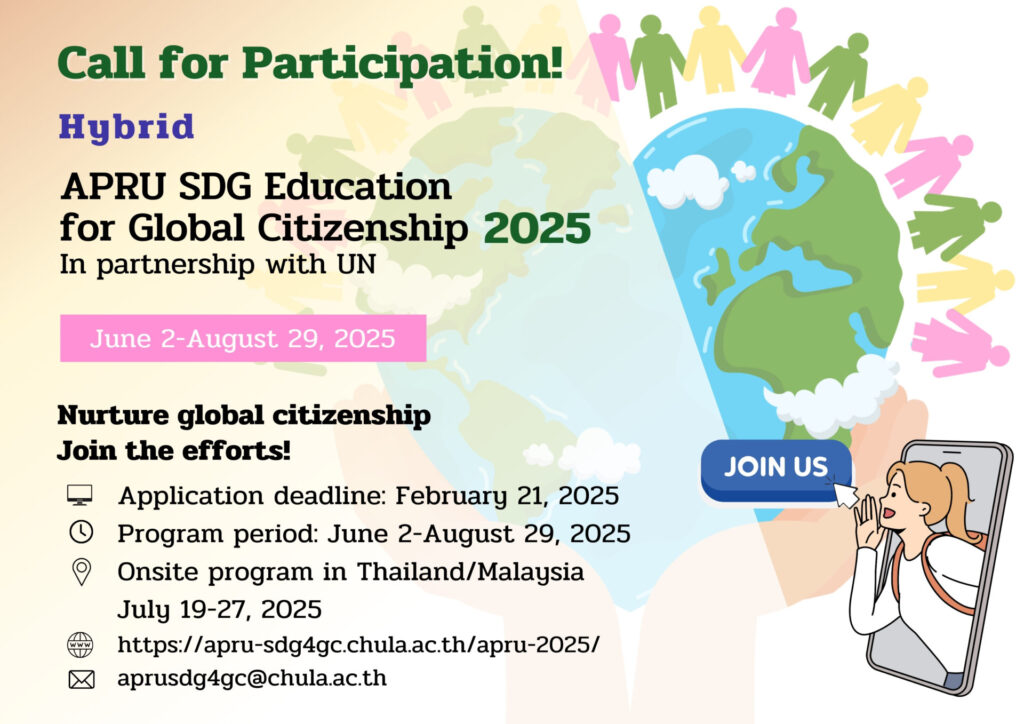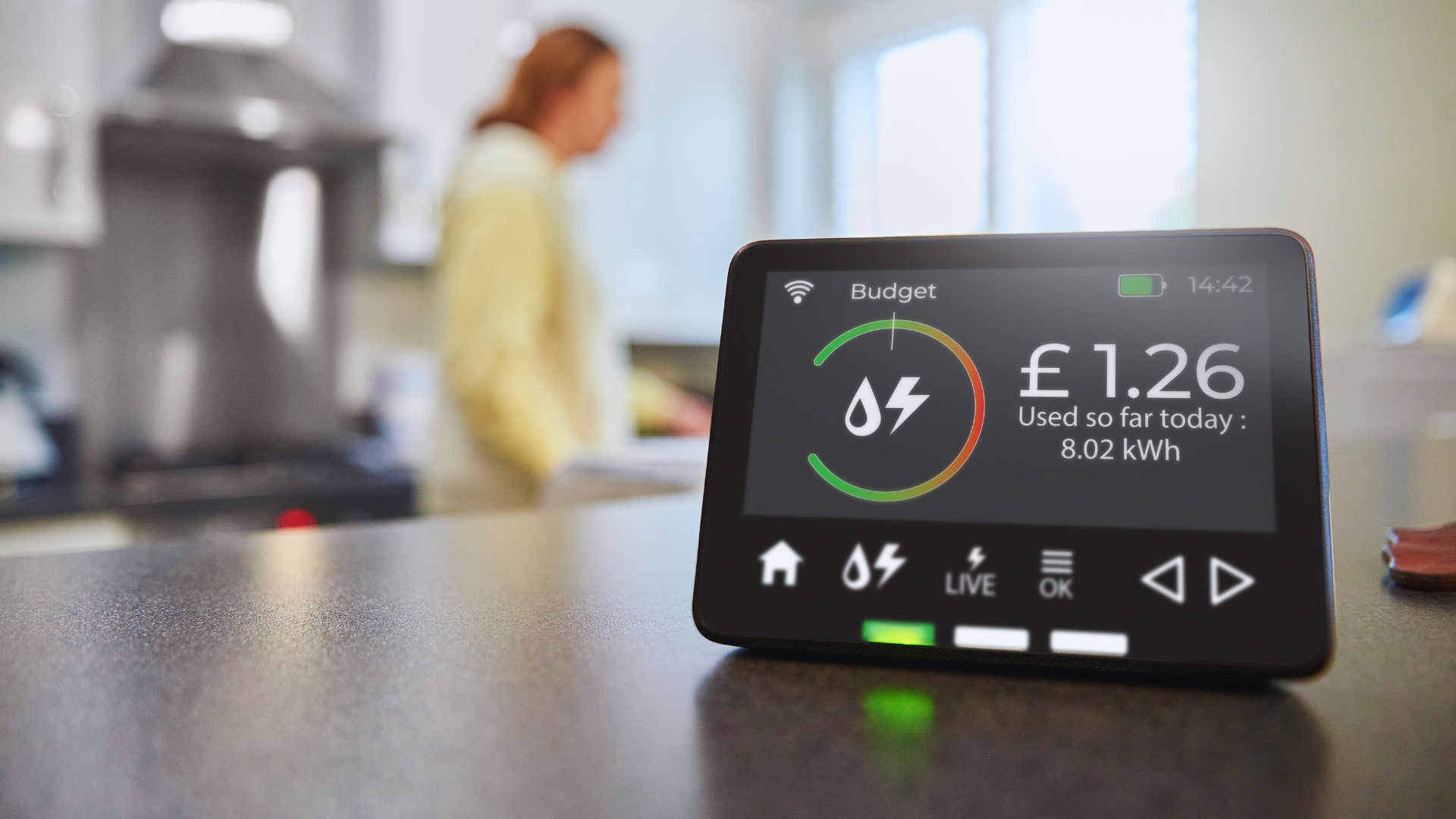Amazon joins innovative partnership to launch first-of-its-kind energy project: ‘It’s a triple win’ – The Cool Down

Report on a U.K. Initiative to Combat Energy Poverty Using Surplus Renewable Energy
1.0 Introduction
A new partnership has been formed in the United Kingdom involving Amazon, YES Energy Solutions, and EnergyCloud. This initiative aims to address the critical issue of energy poverty by harnessing surplus renewable energy. The project directly aligns with several United Nations Sustainable Development Goals (SDGs), primarily focusing on providing affordable, clean energy and reducing poverty and inequality.
2.0 Project Overview and Objectives
The core objective of the initiative is to redirect excess electricity generated from renewable sources, which would otherwise be wasted, to heat water in homes experiencing fuel poverty. This model addresses two concurrent challenges: the inefficiency of energy grids unable to store surplus power and the financial hardship faced by low-income households.
- Primary Goal: To provide free hot water to underserved British homes, thereby reducing their energy costs.
- Mechanism: Utilise EnergyCloud’s technology to capture curtailed wind energy and divert it to power water heaters in participating households.
- Partnership Roles:
- Amazon: Provides support and corporate backing for the project.
- YES Energy Solutions: A social enterprise focused on tackling fuel poverty and improving energy efficiency.
- EnergyCloud: Provides the technological solution for redirecting surplus energy.
3.0 Alignment with Sustainable Development Goals (SDGs)
This project represents a multi-faceted approach to sustainable development, making significant contributions to several SDGs.
- SDG 1: No Poverty: By directly reducing household utility expenditures for vulnerable populations, the initiative alleviates energy poverty, a key component of overall poverty. The provision of free hot water frees up financial resources for other essential needs.
- SDG 7: Affordable and Clean Energy: The project is a direct implementation of SDG 7’s targets. It ensures access to affordable and modern energy for those in need while promoting the use of clean, renewable power sources (wind energy).
- SDG 10: Reduced Inequalities: The initiative specifically targets underserved communities, helping to close the gap in access to basic services and reducing the disproportionate burden of high energy costs on low-income families.
- SDG 12: Responsible Consumption and Production: By creating a productive use for 5.7 terawatt-hours of surplus energy that was wasted in 2024, the project exemplifies resource efficiency and promotes sustainable production patterns within the energy sector.
- SDG 13: Climate Action: Maximising the utilisation of generated renewable energy strengthens the viability of the renewable infrastructure and supports the transition away from fossil fuels, contributing to climate change mitigation.
- SDG 17: Partnerships for the Goals: The collaboration between a multinational corporation (Amazon), a social enterprise (YES Energy Solutions), and a technology innovator (EnergyCloud) is a model for the multi-stakeholder partnerships required to achieve the SDGs.
4.0 Strategic Context and Projected Impact
The initiative addresses the “duck curve” phenomenon, where renewable energy production at peak times outpaces grid demand, leading to curtailment and waste. In 2024, this wasted energy was valued at over $1.3 billion in the U.K., while approximately 13% of British residents faced challenges in meeting home energy costs.
4.1 Precedent and Expected Outcomes
A previous implementation of the EnergyCloud model in Ireland demonstrated significant success, with participants receiving free hot water for nearly one-third of the year. The U.K. project aims to replicate this success.
4.2 Stakeholder Assessment
According to Duncan McCombie, CEO of YES Energy Solutions, the project constitutes a “triple win.”
- For Families (Social Benefit): Directly tackles fuel poverty.
- For the Environment (Environmental Benefit): Maximises the potential of renewable energy infrastructure.
- For the Energy Future (Economic/Systemic Benefit): Creates a more efficient and sustainable energy system.
1. Which SDGs are addressed or connected to the issues highlighted in the article?
-
SDG 1: No Poverty
The article directly addresses the issue of “energy poverty,” stating that the initiative aims to combat it. It mentions that approximately 13% of British residents struggle with home energy costs, positioning the project as a solution to alleviate this financial burden on underserved households.
-
SDG 7: Affordable and Clean Energy
This is a central theme. The project focuses on harnessing “excess renewable energy generation” (specifically wind power) to provide affordable energy solutions (free hot water) to homes. It tackles both the “affordable” and “clean energy” aspects of the goal.
-
SDG 9: Industry, Innovation and Infrastructure
The initiative is described as a “forward-thinking project” that addresses a key challenge in renewable energy infrastructure—grid overload from surplus generation (the “duck curve”). The EnergyCloud system represents an innovative technological solution to upgrade and improve the efficiency of existing energy infrastructure.
-
SDG 12: Responsible Consumption and Production
The article highlights a major inefficiency: “5.7 terawatt-hours of surplus wind energy generated in England, Scotland, and Wales was wasted.” The project’s goal is to capture this wasted energy and put it to productive use, promoting more sustainable consumption and production patterns by reducing resource loss.
-
SDG 17: Partnerships for the Goals
The article is built around the collaboration between different entities. It explicitly states, “Amazon is partnering with YES Energy Solutions and EnergyCloud.” This multi-stakeholder partnership between a corporate giant and energy solution organizations exemplifies the approach needed to achieve sustainable development goals.
2. What specific targets under those SDGs can be identified based on the article’s content?
-
SDG 1: No Poverty
-
Target 1.4: By 2030, ensure that all men and women, in particular the poor and the vulnerable, have equal rights to economic resources, as well as access to basic services…
The project aims to provide energy for water heating to “underserved British homes,” directly improving access to a basic service for those experiencing “energy poverty.”
-
Target 1.4: By 2030, ensure that all men and women, in particular the poor and the vulnerable, have equal rights to economic resources, as well as access to basic services…
-
SDG 7: Affordable and Clean Energy
-
Target 7.1: By 2030, ensure universal access to affordable, reliable and modern energy services.
The initiative directly supports this target by providing a modern energy service (hot water from electricity) to households that have “trouble meeting home energy costs,” making it more affordable.
-
Target 7.2: By 2030, increase substantially the share of renewable energy in the global energy mix.
By finding a use for “surplus wind energy” that would otherwise be wasted, the project increases the effective utilization and viability of renewable energy sources, thus supporting their expansion.
-
Target 7.1: By 2030, ensure universal access to affordable, reliable and modern energy services.
-
SDG 9: Industry, Innovation and Infrastructure
-
Target 9.4: By 2030, upgrade infrastructure and retrofit industries to make them sustainable, with increased resource-use efficiency and greater adoption of clean and environmentally sound technologies and processes…
The EnergyCloud system is an innovative technology that upgrades the existing renewable energy infrastructure by increasing its resource-use efficiency, preventing the waste of clean energy.
-
Target 9.4: By 2030, upgrade infrastructure and retrofit industries to make them sustainable, with increased resource-use efficiency and greater adoption of clean and environmentally sound technologies and processes…
-
SDG 12: Responsible Consumption and Production
-
Target 12.2: By 2030, achieve the sustainable management and efficient use of natural resources.
The project directly addresses the waste of a natural resource (wind energy). By redirecting the 5.7 TWh of wasted power, it promotes the efficient use of this resource.
-
Target 12.2: By 2030, achieve the sustainable management and efficient use of natural resources.
-
SDG 17: Partnerships for the Goals
-
Target 17.17: Encourage and promote effective public, public-private and civil society partnerships…
The partnership between Amazon (private sector) and YES Energy Solutions and EnergyCloud (civil society/social enterprise) is a clear example of the cross-sector collaboration this target aims to foster.
-
Target 17.17: Encourage and promote effective public, public-private and civil society partnerships…
3. Are there any indicators mentioned or implied in the article that can be used to measure progress towards the identified targets?
-
For Targets 1.4 and 7.1 (Access to Affordable Energy):
-
Indicator: Proportion of the population with access to affordable energy.
The article provides a baseline by stating “about 13% of British residents have trouble meeting home energy costs.” A reduction in this figure for participating households would measure progress.
-
Indicator: Amount of free energy services provided.
The article mentions that a previous rollout in Ireland gave participants “free hot water for nearly one-third of the year.” This provides a quantifiable metric for the benefits delivered.
-
Indicator: Proportion of the population with access to affordable energy.
-
For Targets 7.2 and 12.2 (Renewable Energy Use and Waste Reduction):
-
Indicator: Amount of wasted renewable energy utilized.
The article quantifies the problem by stating “5.7 terawatt-hours of surplus wind energy… was wasted.” Progress can be directly measured by tracking the amount of this surplus energy that the project successfully redirects and uses.
-
Indicator: Amount of wasted renewable energy utilized.
-
For Target 17.17 (Partnerships):
-
Indicator: The existence and function of the multi-stakeholder partnership.
The article itself, by reporting on the formation of the partnership between “Amazon, YES Energy Solutions and EnergyCloud,” serves as evidence of this indicator being met. The project’s launch is the primary indicator of the partnership’s effectiveness.
-
Indicator: The existence and function of the multi-stakeholder partnership.
4. Table of SDGs, Targets, and Indicators
| SDGs | Targets | Indicators |
|---|---|---|
| SDG 1: No Poverty | 1.4: Ensure access to basic services for the poor and vulnerable. | The percentage of residents in energy poverty (baseline of 13% mentioned). |
| SDG 7: Affordable and Clean Energy | 7.1: Ensure universal access to affordable, reliable and modern energy services. 7.2: Increase substantially the share of renewable energy. |
Provision of free hot water for a portion of the year; Amount of surplus renewable energy utilized. |
| SDG 9: Industry, Innovation and Infrastructure | 9.4: Upgrade infrastructure for increased resource-use efficiency and adoption of clean technologies. | The implementation of the EnergyCloud system to manage grid surplus. |
| SDG 12: Responsible Consumption and Production | 12.2: Achieve the sustainable management and efficient use of natural resources. | The volume of wasted wind energy captured and used (baseline of 5.7 TWh mentioned). |
| SDG 17: Partnerships for the Goals | 17.17: Encourage and promote effective public-private and civil society partnerships. | The established partnership between Amazon, YES Energy Solutions, and EnergyCloud. |
Source: thecooldown.com

What is Your Reaction?
 Like
0
Like
0
 Dislike
0
Dislike
0
 Love
0
Love
0
 Funny
0
Funny
0
 Angry
0
Angry
0
 Sad
0
Sad
0
 Wow
0
Wow
0











































































